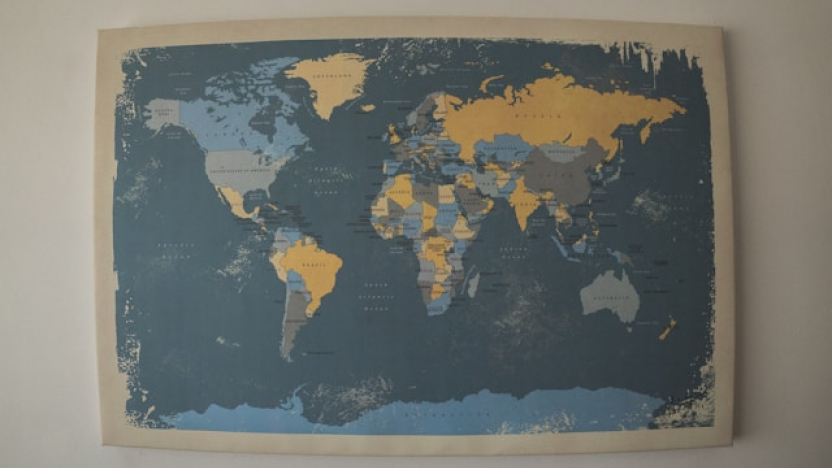From national to international: How to exploit the right to patent priority

After filing a national patent application, it may be desirable to seek protection for the invention that forms the focus of the application in other territories by utilising the right of priority. Marie Houppe and Kate McNamara set out the options.
The filing of a first patent application gives rise to a 12-month priority period in which a subsequent patent application can be filed which claims priority from the first application. A valid priority claim means that the subsequent application(s) is treated as if it had been filed on the day of the earlier (‘priority’) application. This is beneficial as the earlier effective filing date is used as the cut-off for the assessment of prior art and, therefore, patentability.
Following filing of the initial application, applicants have a choice as to how to pursue protection in other territories via a subsequent filing(s):
Direct national filings
Subsequent applications may be filed directly with national patent office of each territory of interest.
This route requires a decision to be made regarding the territories in which to file the subsequent application(s) within the 12-month period following filing of the initial patent application.
A patent application needs to be filed in each country of interest, typically with an appropriate translation. Each patent application will be examined by the respective national patent office, which can take time and prove costly.
As such, direct national filings are typically only recommended if protection is desired in a few additional countries.
European patent filing
Where an applicant is interested in seeking protection in Europe, a subsequent application can be filed directly with the European Patent Office (EPO), thus giving rise to a European patent application.
The application must be written in one of the three official languages of the EPO (English, French and German), or alternatively, in any other language, with a translation of the application into one of the official languages of the EPO filed within a set time period. In either case, the application must be filed at the EPO within 12 months of the initial patent application filing.
Proceeding this way has the advantage that examination and grant of the patent application is centralised before the EPO.
Once granted, the European patent can be validated in up to 45 countries. Validation in each country of interest typically requires payment of a fee and may require filing of a translation of part or all of the patent into a language of that country. Alternatively, or in addition, the proprietor of the European patent may file a single request for "unitary effect" before the EPO, which results in a unitary patent which provides protection in 17 EU member states.
International patent filing (PCT)
As an alternative, an applicant may choose to file a Patent Cooperation Treaty (PCT) application.
Filing a PCT application offers several advantages, especially if the applicant does not yet have clear visibility into the territories in which patent protection for their invention is desirable.
A PCT application must, again, be filed within 12 months of the initial patent filing. It remains pending as a single application for around a further 18 months before a decision needs to be made as to the countries or regions (among the 157 PCT contracting states/regions) into which the PCT application is to be entered. Once entered into the national/regional phase, the PCT application becomes a pending patent application before the patent office of each the chosen countries/ territories.
Filing a PCT application provides vital time for an applicant to obtain a clearer view of potential markets for their invention, and can delay the costs associated with prosecuting applications to grant in countries of interest.
This article is for general informational purposes only and does not, and is not intended to, constitute legal advice. If you are interested in protecting your innovation in multiple countries worldwide, it is advisable to consult with a qualified patent attorney to select the most efficient and cost-effective route. Speak to your Novagraaf attorney today or contact us below for tailor-made advice.
Marie Houppe is a European Patent Attorney based at Novagraaf in France and Kate McNamara is a Senior Patent Attorney at Novagraaf in the UK.